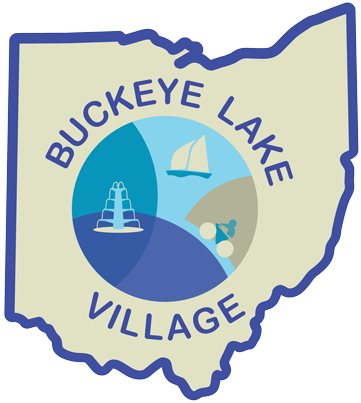Comprehensive Safety Action Plan
Overview
In the Safe Streets and Roads for All (SS4A) grant program, comprehensive safety action plans (referred to as “Action Plans”) are the basic building block to significantly improve roadway safety.
Action Plans are comprehensive safety plans aimed at reducing and eliminating serious-injury and fatal crashes affecting all roadway users.
Action Plans use data analysis to characterize roadway safety problems and strengthen a community’s approach through projects and strategies that address the most significant safety risks.
The SS4A grant program is guided by the Safe System Approach, which involves a paradigm shift to improve safety culture, increase collaboration across all safety stakeholders, and refocus transportation system design and operation on anticipating human mistakes and lessening impact forces to reduce crash severity and save lives.
7 Components of an Action Plan
The goal of an Action Plan is to develop a holistic, well-defined strategy to prevent roadway fatalities and serious injuries in a locality, Tribal area, or region.
A successful Action Plan includes the following seven key components:
- Leadership commitment and goal setting
- Planning structure
- Safety analysis
- Engagement and collaboration
- Policy and process changes
- Strategy and project selections
- Progress and transparency
Take a look at the document below to see the Comprehensive Safety Action Plan for the Village of Buckeye Lake

